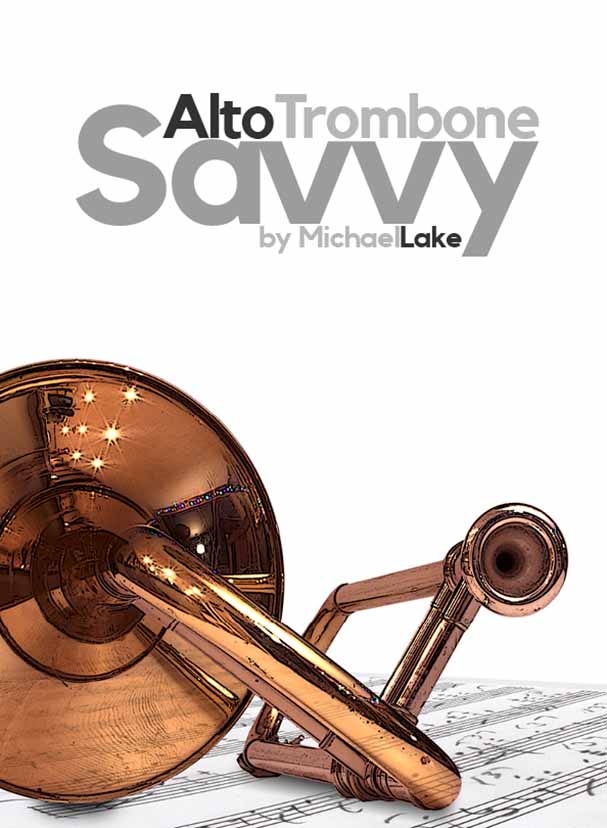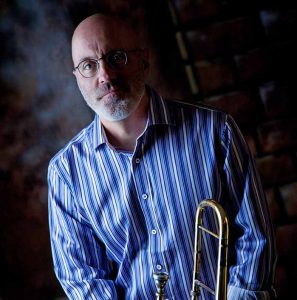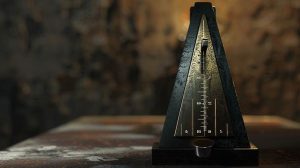
The Benefits of the Ear to Instrument Connection
I recently watched a video performance by the amazing classical pianist Yuja Chang. I’ve seen her memorizing motion and heard her virtuosic playing before, but something hit me after seeing
Categories:
Categories:
I am often asked this question and I’m not sure I’ve ever given a satisfactory answer, at least one that satisfies aspiring alto trombone players. So let me take another whack at it.
The fundamental of the alto is Eb but it is considered a concert instrument. Remember that the tenor trombone is a concert instrument yet its fundamental is Bb. Why is the trombone not a Bb instrument like the trumpet? I don’t know.
When I wrote the book Alto Trombone Savvy, I originally intended it to be published only in bass clef. Shortly thereafter, Christian Lindberg reminded me of the tradition of playing the alto in alto clef, so I published an alto clef version. Currently, I sell about 50% of each.
Click the image below to check out the book.

My bass clef edition assumption came from the fact that, from day one playing the alto, I’ve treated it as a concert instrument reading bass clef. I did so for very practical reasons. If I were to play gigs on the alto, I couldn’t very well expect people to give me parts in alto clef. I needed to play off the same music as the tenor trombones. In fact, I struggle reading alto clef! (Don’t tell anyone I admitted that.)
I don’t know why the alto got stuck with alto clef. Perhaps to cut down on ledger lines, but then again, my range on alto is the same as my range on tenor. And, yes, I read tenor clef pretty well, again because of so much of the standard tenor trombone literature being in tenor clef. I’m a tenor trombone player who happens to play alto, if that makes sense.
So if you plan to play alto in a tenor trombone setting, I recommend the same practice for you. Learn that middle C is in fourth position in the fourth overtone and know the positions of every other note in concert as well.
I think that reading exclusively in alto clef is a horrible handicap for alto trombone players. My experience is that players locked into alto clef have a very difficult time reading music in bass or any other clef. They also have a difficult time getting off the printed page to play by ear. Now, most if not all of those players are classical players, so to be fair, they haven’t spent much time working on playing by ear and may not care.
If you are a tenor trombone player, learning the alto will require work. But if you are willing to take the plunge, consider my book Alto Trombone Savvy since I teach you positions using your ear rather than exclusively memorizing dots on the page.
I also provide exercises for developing your ear for the intonation of the alto. I provide audio files of a few four-part arrangements from which I’ve removed one of the parts-Bach chorals, and a standard ballad. I’ll leave you to play the melody part of In the Wee Small Hours. If you use this as the intonation exercise for which it was intended, pay close attention to your pitch. Learning the positions is more than knowing that middle C is in fourth position. You must be able to play that C with the proper intonation within the context of the music around you.
Michael Lake · Wee Small Hours – Four Part No First
I think the alto trombone is a fantastic instrument, and I wish you all the luck in the world as you learn its many wonderful musical capabilities.

Trombonist, author, marketer, & tech guy
Share this post…

I recently watched a video performance by the amazing classical pianist Yuja Chang. I’ve seen her memorizing motion and heard her virtuosic playing before, but something hit me after seeing

I have created a AI chatbot called Jazz Master Chat that draws from 75 hours of interviews from my Jazz Master Summit event a couple of years ago. I interviewed

What is jazz improvisation? Let’s first define what I mean by jazz improvisation. Jazz improvisation is a spontaneous conversation, but instead of words, we use notes. Look at two possible

My recently turned 18-year old son is a passionate photographer. He’s got himself a little business where people pay

A couple weeks ago I sent Richie Beirach a YouTube clip from the movie Whiplash as a bit of

I originally meant to write this as a reply to a comment Richie Beirach wrote on my blog. But

Tools for helping musicians at all levels learn about jazz and play to their full capability.
Web design and marketing by:
Michael Lake @JazzDigitalMarketing.com
This is just a fake book example for the type of website I can build for you. Just trying to use a little humor here!